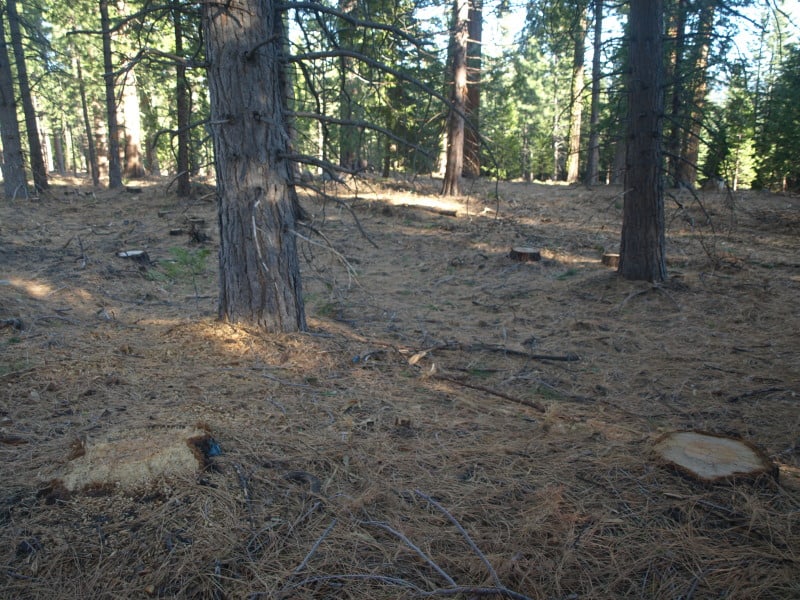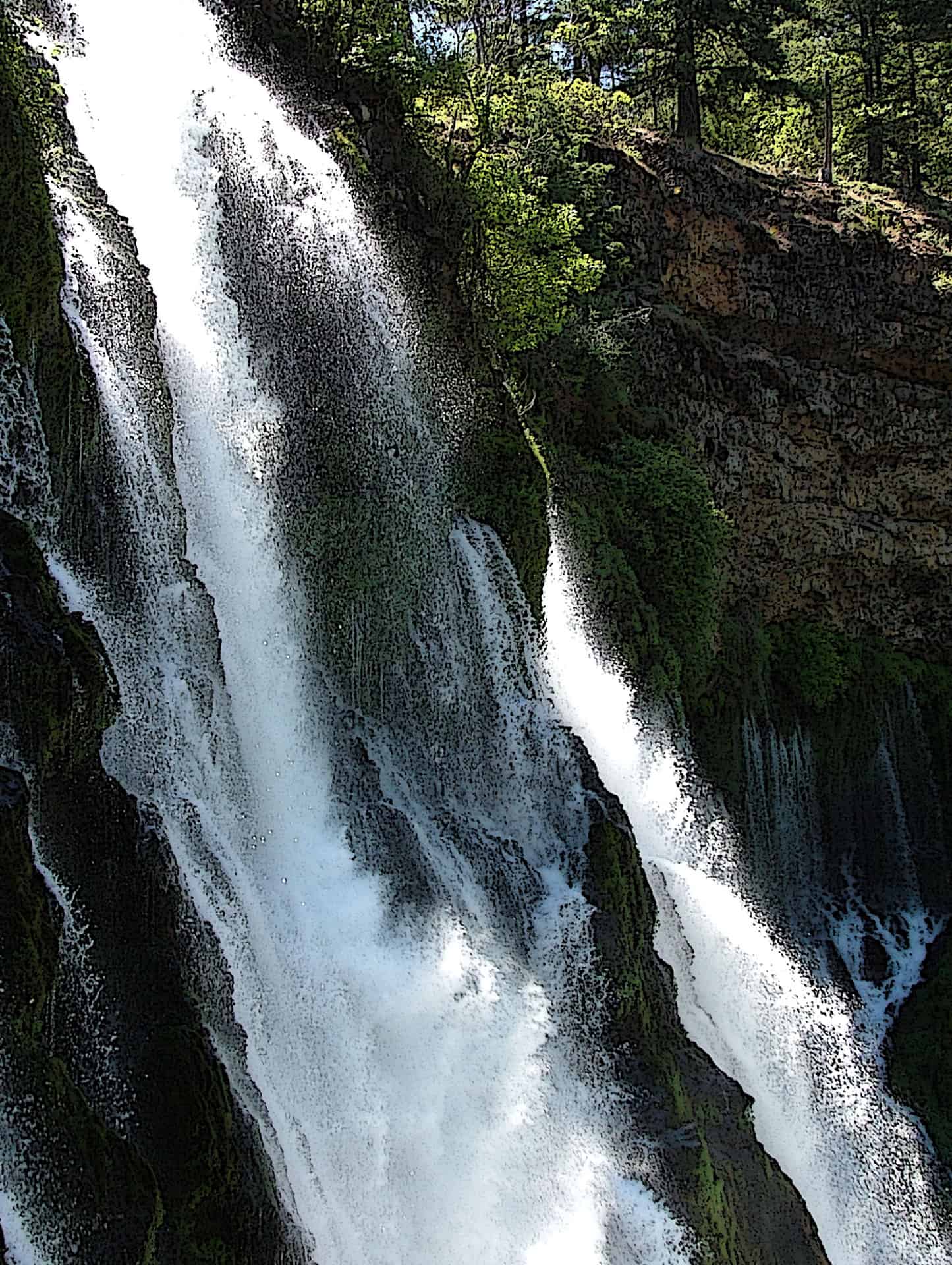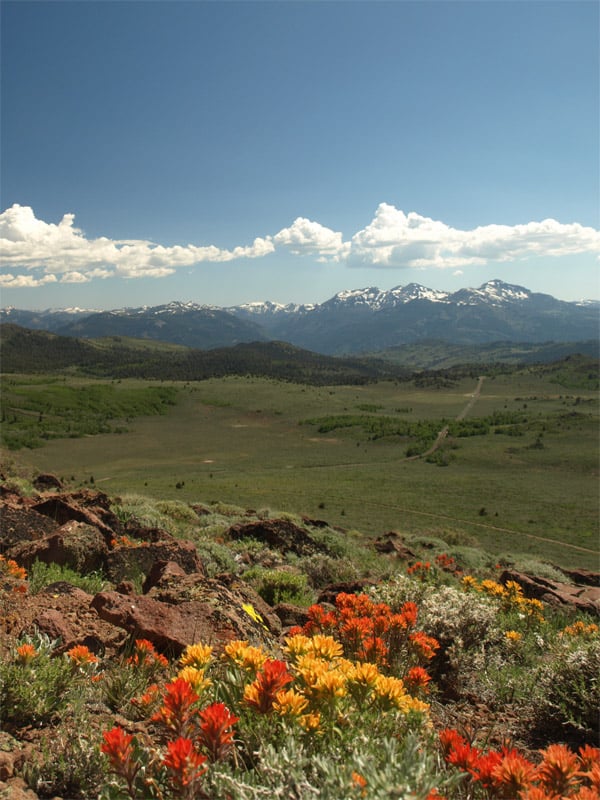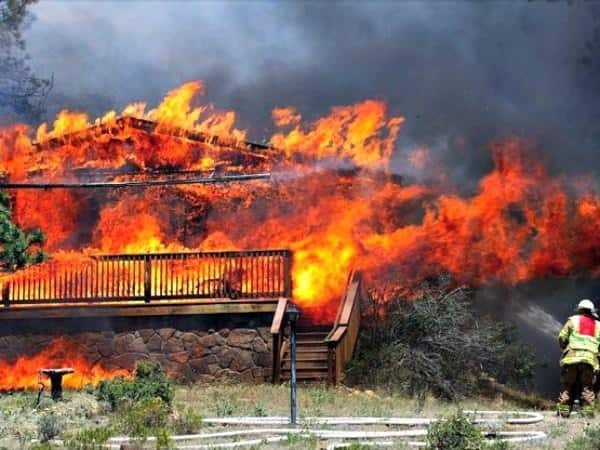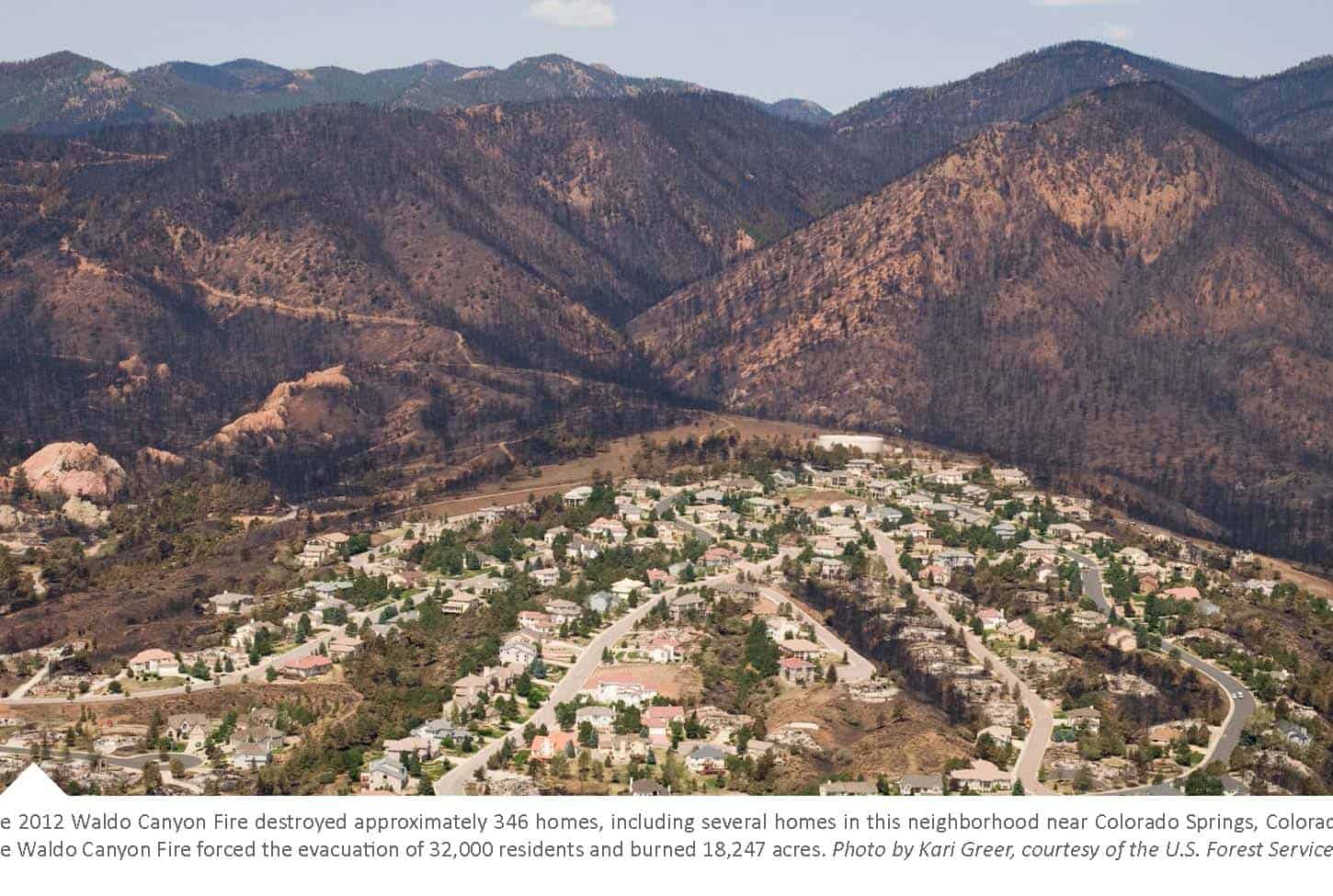In the news clips this morning, I ran across this piece about Chief Tidwell’s recent testimony that:
America’s wildfire season lasts two months longer than it did 40 years ago and burns up twice as much land as it did in those earlier days because of the hotter, drier conditions produced by climate change, the country’s forest service chief told Congress on Tuesday.
“Hotter, drier, a longer fire season, and lot more homes that we have to deal with,” Tidwell told the Guardian following his appearance. “We are going to continue to have large wildfires.” …
Climate change was a key driver of those bigger, more explosive fires. Earlier snow-melt, higher temperatures and drought created optimum fire conditions. …
“This is a product of having a longer fire season, and having hotter, drier conditions so that the fuels dry out faster. So when we get a start that escapes initial attack, these fires become explosive in that they become so large so fast that it really limits our ability to do anything.” …
The above was from an article here (from the Guardian in the UK that also says Americans are increasingly building homes in “the wilderness”), that also says:
“It’s hard for the average member of the public to understand how things have changed,” Tidwell said.
“Ten years ago in New Mexico outside Los Alamos we had a fire get started. Over seven days, it burned 40,000 acres. In 2011, we had another fire. Las Conchas. It also burned 40,000 acres. It did it in 12 hours,” he went on.
Climate change was a key driver of those bigger, more explosive fires. Earlier snow-melt, higher temperatures and drought created optimum fire conditions.
Say it ain’t so, Tom.. tell us you were misquoted.
Really? In ten years we are seeing the difference? Due to climate change? Perhaps the weather was different between the two fires… or the status of the fuels.. or perhaps some fire suppression strategies were less effective.. Who is writing this stuff? Chief Tidwell is right… if quoted accurately..it is very hard for this member of the public to understand his points when they seem..not valid.
So I don’t understand the landscape of partisanship, but Hot Air appears to be a partisan blog. Nevertheless, they had a link to this article, which is of more interest. I looked up the authors and one had Yale F&ES credentials and the other D administration credentials.
I don’t know about the hydrology of it.. what I think is interesting is that the authors want to remove trees but kind of write off the timber industry as a way to do it.. because..
So how do we unlock the nexus to replenish the Earth? A century’s accumulation of dry fuel in public lands makes it too expensive and risky — for people, property, habitats or carbon emissions — to unleash prescribed fires throughout our 16-million-acre ponderosa tinderbox. Mechanical thinning generates popular distrust as long as timber industry chain saws try to cut “high grade” valuable mature growth to compensate for less profitable small-diameter “trash trees.”
Happily, a lumber mill’s trash has now become a water user’s treasure. Thirsty downstream interests could organize to restrict thinning to scrawny excess trees simply for the purpose of releasing the liquid assets they consume. Western water rights markets value an acre-foot at $450 to $650 and rising. So rather than compete with forests for rain and snow, private and public institutions could invest $1,000 per acre (average U.S. Forest Service price) to cut down fire-prone trash trees, yielding at least $1,100 to $1,500 worth of vital water. To reduce fuel loads and increase runoff, the water-fire nexus pays for itself.
It’s up to silviculture folks to say how many big trees need to go in a thinning. I don’t know why it’s OK to write off an entire industry who can help pay for this, and the authors seem to be assuming that all the trees that need to be thinned are “trash”. But as we see from Larry’s photos, in a stand of big trees, thinning smaller trees means that they are still big “enough” to be commercial. We could even call this attitude “logging without use” (remember “logging without laws”).. stands need thinning but using the trees is not good. Frankly, I just don’t get it.
Anyway, I think the op-ed is well worth reading in terms of making the case for treatment. I don’t know if their hydrologic statements are accurate, but I think it’s worth thinking about the idea that you could blame fire suppression, and dense stands and drought for some of the increase in fires, and not just climate change.
First, the past century of fire suppression has resulted in roughly 112 to 172 more trees per acre in high-elevation forests of the West. That’s a fivefold increase from the pre-settlement era.
Second, denser growth means that the thicker canopy of needles will intercept more rain and sSecond, denser growth means that the thicker canopy of needles will intercept more rain and snow, returning to the sky as vapor 20% to 30% of the moisture that had formerly soaked into the forest floor and fed tributaries as liquid. But let’s conservatively ignore potential vapor losses. Instead, assume that the lowest average daily sap flow rate is 70 liters per tree for an open forest acre of 112 new young trees. Even then, this over-forested acre transpires an additional 2.3 acre-feet of water per year, enough to meet the needs of four families.
Third, that pattern adds up. Applying low-end estimates to the more than 7.5 million acres of Sierra Nevada conifer forests suggests the water-fire nexus causes excess daily net water loss of 58 billion liters. So each year, post-fire afforestation means 17 million acre-feet of water can no longer seep in or trickle down from the Sierra to thirsty families, firms, farms or endangered fisheries.



